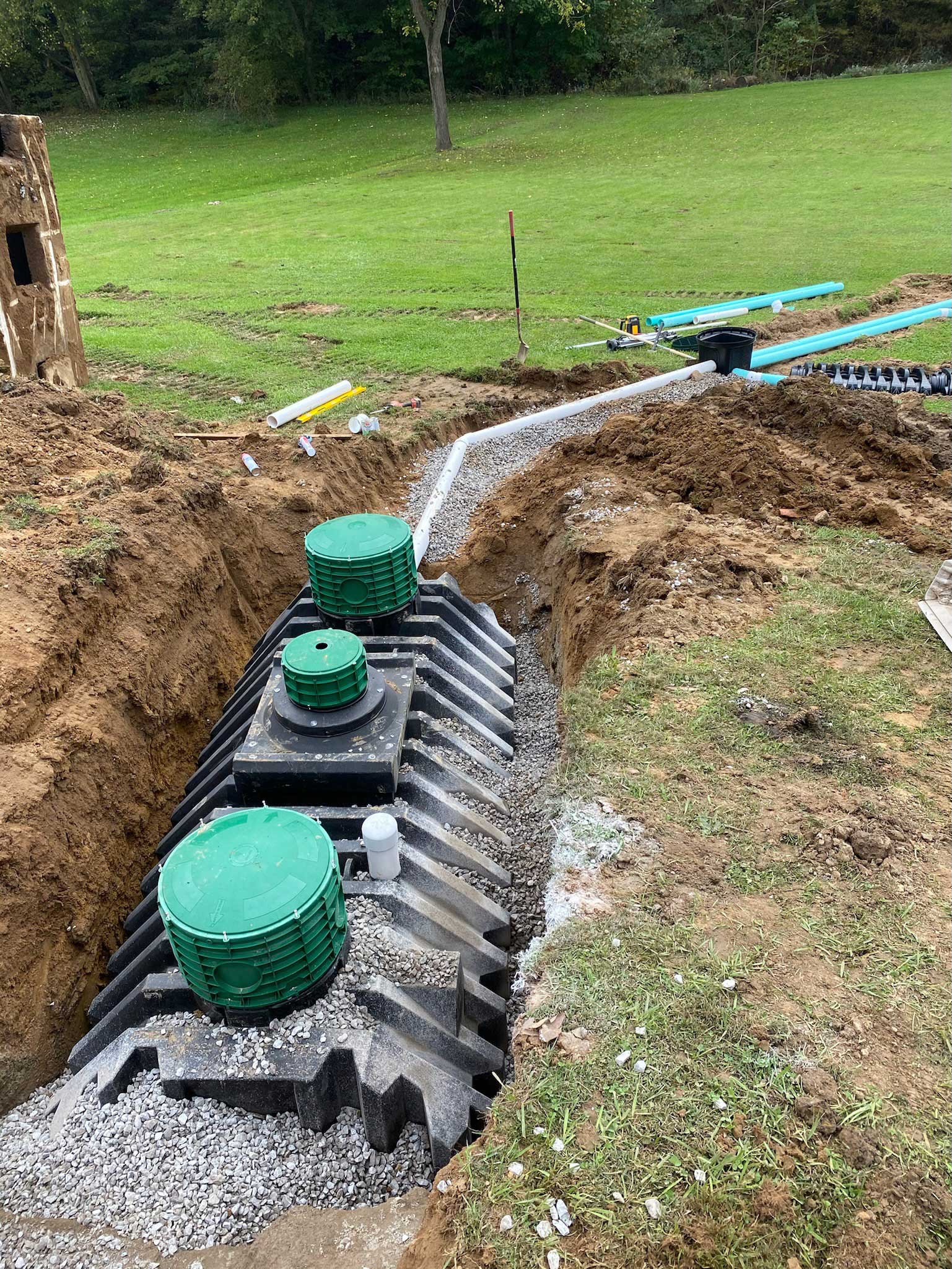Extensive Expedition: The Science Behind Superior Excavation Practices
From old hand tools to modern-day hydraulic excavators, the evolution of excavation methods has actually been a testimony to human ingenuity and technological improvements. What absolutely sets superior excavation techniques apart is a deep understanding of geological principles, combined with the utilization of cutting-edge tools and techniques.
Development of Excavation Methods
Throughout history, the evolution of excavation techniques has played an important role beforehand construction techniques and historical explorations. From the rudimentary tools used by our ancestors to the innovative machinery used in modern times, the progression of excavation techniques has actually dramatically changed how we approach various jobs.
In ancient times, hand-operated labor with basic devices such as pickaxes, wheelbarrows, and shovels was the main technique of excavation. This labor-intensive process limited the deepness and range of excavations, typically causing slow development and restricted access to particular sites. Nonetheless, as worlds advanced, so did the techniques and tools made use of for excavation.
The Industrial Revolution marked a turning point in excavation practices with the introduction of steam-powered machinery. This development transformed the field, permitting faster and more considerable excavations. In contemporary times, modern technology plays a critical function in excavation, with improvements like general practitioner systems, drones, and 3D scanning enhancing precision and efficiency in the area. The development of excavation strategies remains to form the means we build, explore, and understand the world around us.
Role of Innovation in Excavation

The integration of advanced technology has actually basically changed the area of excavation, improving accuracy and performance to unprecedented degrees. Among the key technological advancements that has actually considerably impacted excavation practices is the utilization of GPS systems. These systems permit accurate mapping of excavation sites, making it possible for operators to properly find underground energies and structures. In addition, making use of telematics in excavation equipment has made it possible for real-time monitoring of machine performance, resulting in positive maintenance and raised functional efficiency.
In addition, the development of 3D modeling and simulation software has streamlined the preparation process for excavation projects. Engineers and operators can currently imagine the entire excavation procedure before beginning, determining prospective difficulties and optimizing workflow. Together with this, the execution of drones in excavation tasks has assisted in airborne surveys, volumetric dimensions, and site assessments with unmatched speed and accuracy.
Geological Concepts in Excavation
An understanding of geological concepts is important for making sure the architectural honesty and stability of excavation sites. Geological factors play a critical function in identifying the expediency and safety of excavation projects (lancaster excavation). One key geological principle to take into consideration is the type of soil or rock existing at the site. Various dirt kinds, such as clay, sand, or gravel, have varying degrees of security and call for various excavation strategies. For example, natural dirts like clay may need extra support to avoid collapses, while sandy dirts might be prone to erosion during excavation.
Additionally, the geological structure of the area, consisting of mistakes, cracks, and rock developments, need to be very carefully analyzed to identify possible dangers and challenges. Digging deep into near mistake lines or unstable rock developments can lead to instability and prospective hazards. By performing detailed geological surveys and analysis, designers and excavators can create techniques to alleviate threats and ensure the successful conclusion of excavation jobs. Eventually, integrating geological principles into excavation techniques is essential for achieving risk-free, reliable, and sustainable outcomes.

Most Recent Devices for Excavation
In the world of excavation methods, modern advancements in tools have reinvented the performance and accuracy of excavation procedures. These drones can supply in-depth airborne surveys of excavation websites, offering real-time information on topography try these out and potential dangers.
One more cutting-edge tool obtaining appeal is the application of 3D printing modern technology for developing custom-made excavation equipment. This enables for the manufacturing of specialized devices that are tailored to the particular demands of a task, enhancing performance and minimizing downtime.
In addition, advancements in products science have actually caused the growth of more powerful and a lot more sturdy excavation devices. lancaster excavation. Tungsten carbide-tipped excavator attachments, as an example, deal premium efficiency in challenging ground conditions, improving performance on-site
Scientific research's Effect on Excavation Practices

Additionally, clinical research on soil technicians and geotechnical engineering has given important insights into soil habits, Read More Here allowing excavation professionals to make educated decisions concerning excavation methods and dirt stablizing methods. In general, scientific research continues to drive innovation and improvement in excavation practices, making excavation jobs more reliable, cost-effective, and sustainable.

Verdict
In verdict, the advancement of excavation strategies has been greatly affected by advancements in modern technology and a much deeper understanding of geological concepts. The most recent devices and devices made use of in excavation have boosted performance and accuracy in the field. The application of scientific understanding has actually substantially boosted excavation methods, bring about a lot more sustainable and effective approaches for digging deep into different kinds of materials.
In the world of excavation practices, contemporary advancements in devices have actually reinvented the efficiency and accuracy of excavation procedures. By leveraging scientific concepts, the excavation industry has actually been able to substantially improve efficiency, accuracy, and safety and security in excavation processes. GPR allows excavation teams to non-invasively scan and map subsurface structures, energies, and prospective hazards, enabling them to intend excavation projects with greater precision and decreased danger of crashes.
Additionally, clinical study on soil technicians and geotechnical design has offered beneficial insights right into soil behavior, allowing excavation professionals to make informed decisions pertaining to excavation methods and soil stabilization strategies. Generally, scientific research continues to drive technology and renovation in excavation techniques, making excavation projects more efficient, cost-effective, pop over to this web-site and sustainable.